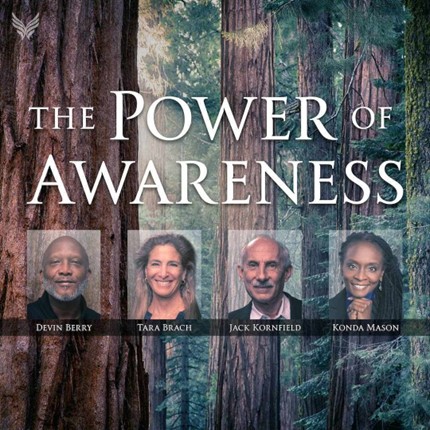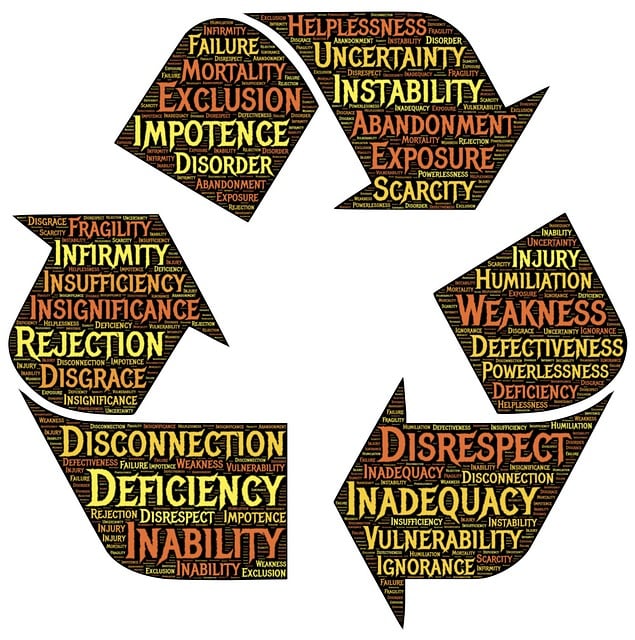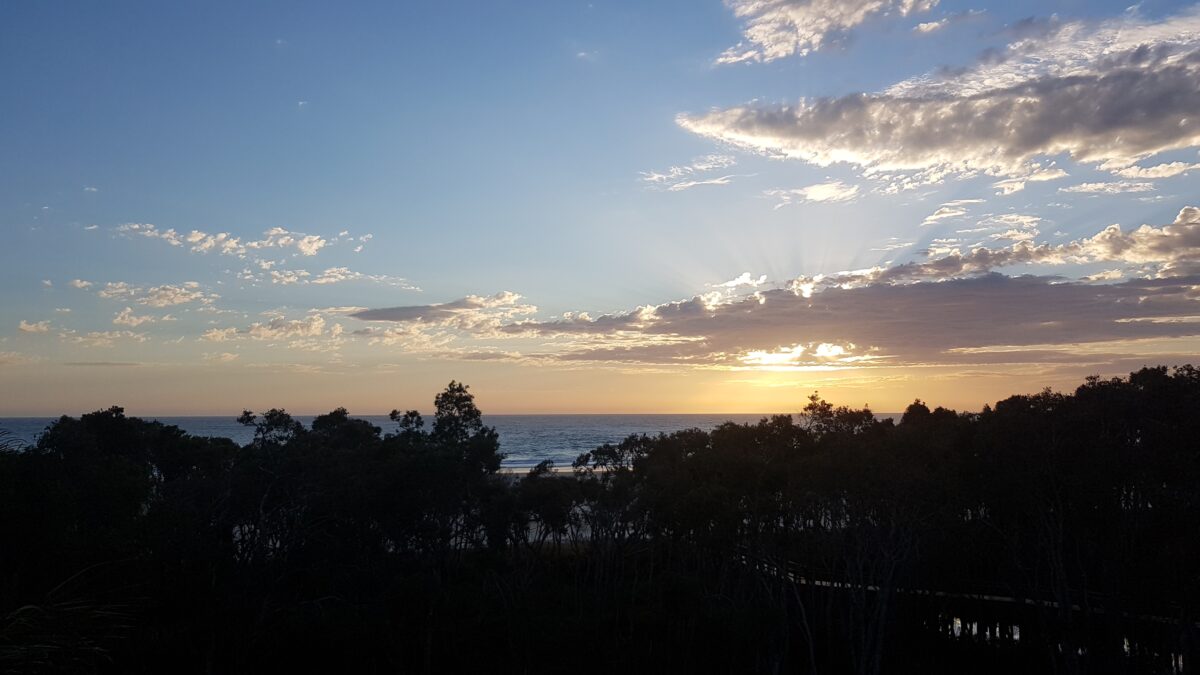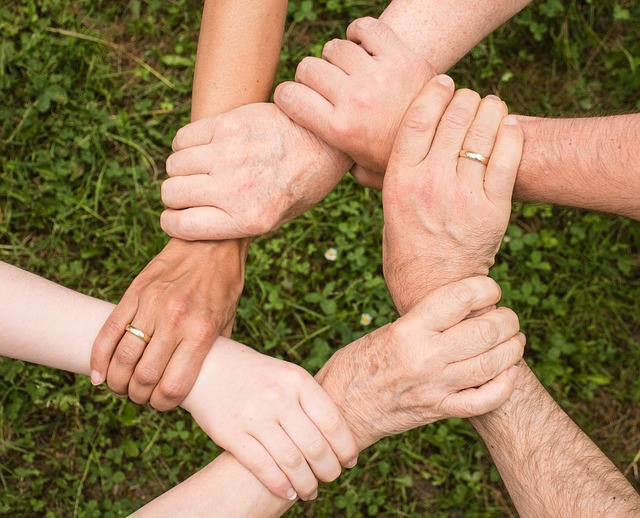Dr. Becca Levy, Yale professor and world leader in the psychology of aging successfully, has written a groundbreaking book that is brilliant in its conception and exhaustive in its research foundation. The book is titled Breaking the Age Code: How Your Beliefs About Aging Will Determine How Long and Well You Live. Becca draws on global research, undertaken by herself and colleagues in the field, to demonstrate that our age beliefs impact positively or negatively not only our physiology but also our mental health. Negative age belief, perpetuated through the media and our social environment, can lead to mental and physical ill-health and a diminished quality of life. In contrast, positive age beliefs can enable us to transcend the limitations of aging in terms of mental acuity, physical strength, flexibility and longevity. Becca draws on numerous stories of people from all walks of life – artists, musicians, actors, athletes, carers, and health professionals – to illustrate the very real impact of beliefs about aging.
How our negative aging beliefs are formed
Becca demonstrates the impact of nursery rhymes and cartoons on the early formation of our age beliefs. These typically negative portrayals of aging are further reinforced by social media, films, newspapers and everyday social conversations. The pervasive marketing of a desirable body image and associated cosmetic propaganda (a Trillion-Dollar industry), have served to embed a negative image of aging in our psyche. We now have “age-defying” skin treatments that remove wrinkles and make our skin glow, along with a pervasive negative stereotyping of menopause (loss of youthfulness, sexual drive, physical prowess and energy).
The impacts of negative age beliefs on institutions and individuals
The resultant negative age beliefs underpin the growth of ageism – “discrimination against older people because of negative and inaccurate stereotypes”. This discrimination is reflected in institutional bias, in interpersonal communications and relationships, and self-talk/limiting behaviours. Becca gives examples of institutional discrimination in employment, the acting and legal professions and hospital protocols. She explains that her research confirms that many health professionals have negative age beliefs and act on them. Our language in conversations can betray an ageist mindset, for example, when we talk about “having a senior moment” (Becca devotes a chapter to this phenomenon and highlights the amazing memory of deaf people and the role of memory in the oral transmission of indigenous knowledge).
The last mentioned arena of negative age beliefs, the intrapersonal, is difficult for an individual to realise and acknowledge. Becca surprised herself by her ageist mindset when she suffered an injury while running in a charity event. Despite her professional knowledge of aging, she immediately attributed the injury to her middle-aged body “succumbing – all too early – to the ravages of age”. She assumed that her running days had come to a “premature end”. It was only when her husband, a doctor, explained that she only had a “badly pulled muscle” that she was able to recognise and acknowledge the personal impact of her negative mindset about aging. Like many people, Becca was shocked that ageism was influencing her own thinking.
I can relate to Becca’s personal injury story. I was diagnosed with multilevel spinal degeneration, in part, as a result of playing tennis for more than 60 years, including many years at a competitive level. My doctor told me that I would have to give up tennis because the injury was the result of “wear and tear”. Initially, I put the degeneration down to aging (I was 76 years old at the time) and decided that my body was no longer able to cope with the rigours of tennis. For some reason, unknown to me, I decided to seek a second opinion. The second medical practitioner gave me a referral to an exercise physiologist who provided me with a series of progressively more challenging exercises over a period of six weeks. By the end of this period, I was able to return to playing tennis and have been doing so for six months (I play social tennis weekly at night). This brought home to me that a negative mindset about aging can actually prevent us from exploring and undertaking remedies for health issues. We can adopt a helpless frame of mind that impedes our chances of improving our health, physically and/or mentally.
Reflection
Becca reveals through her research and storytelling that our negative age beliefs can influence our behaviours, our ability to recover from illness and injury, our quality of life, and life span. It behoves us to become aware of the influence of ageism on us, to become conscious of our negative thought patterns and to be aware of our resultant limiting behaviours (including our willingness to seek ways of healing).
As we grow in mindfulness through reflection and mindfulness practices such as meditation, we can become more aware of our thought processes and their impact and develop increased self-awareness, including knowledge of our habituated behaviours. Tara Brach and Jack Kornfield teach us about The Power of Awareness developed through mindfulness meditation.
______________________________________
Image by John Hain from Pixabay
By Ron Passfield – Copyright (Creative Commons license, Attribution–Non Commercial–No Derivatives)
Disclosure: If you purchase a product through this site, I may earn a commission which will help to pay for the site and the resources to support the blog.










